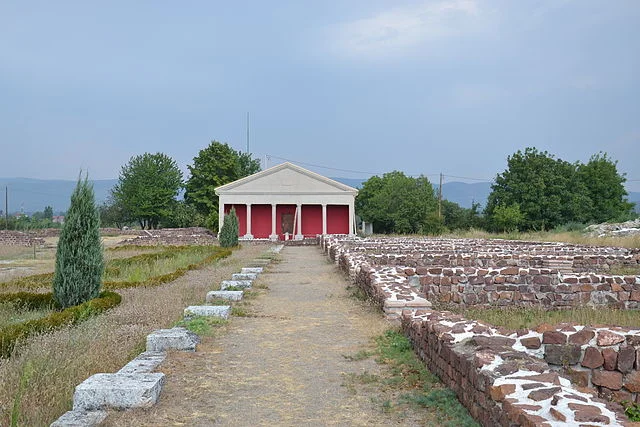Mediana is an ancient archaeological site located near the city of Niš in modern-day Serbia. It is significant due to its role as a prominent imperial residence in the late Roman Empire. The site was constructed during the reign of Emperor Constantine the Great (AD 306–337) and served as one of his palaces.
Get your dose of History via Email
Historical Context
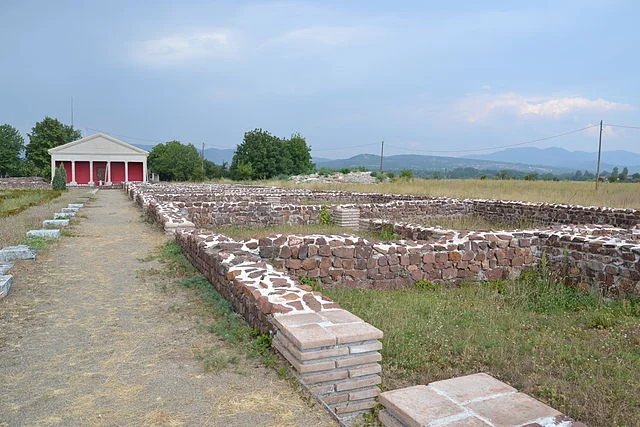
Mediana’s development began in the early 4th century AD when Constantine, seeking to consolidate his power, chose the area for its strategic location. The site’s proximity to important military and trade routes made it an ideal location for an imperial residence. Constantine’s reign marked a period of major architectural and urban expansion throughout the Roman Empire, and Mediana was no exception.
Architectural Features
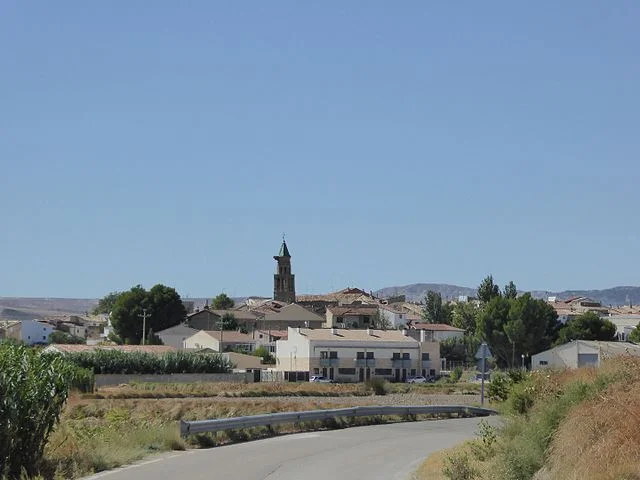
Mediana was a large, luxurious estate, featuring a combination of residential and administrative structures. The complex included several large villas, bathhouses, and elaborate courtyards. Its most prominent feature is a well-preserved palace, which was used for both domestic and official purposes.
The site is known for its intricate mosaics, many of which depict mythological and everyday scenes. These mosaics, crafted from small colored stones, were placed in the floors of the buildings and are among the best examples of late Roman art. The use of mosaic flooring in Mediana reflects the wealth and status of its inhabitants.
The Importance of Mediana
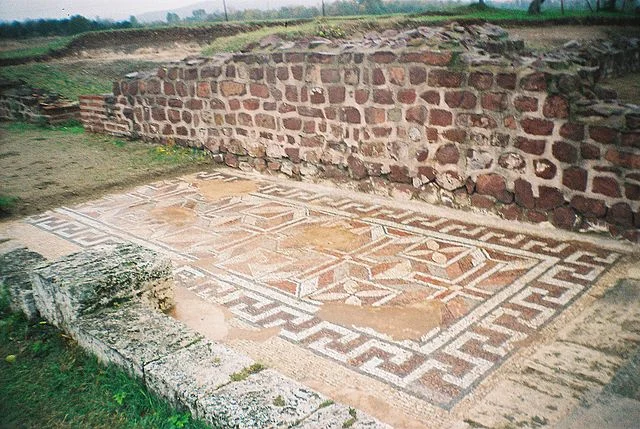
Mediana played a crucial role in the political and cultural life of the Roman Empire. It functioned as both a private residence and a base of operations for Emperor Constantine. As the emperor’s seat during his later years, it allowed him to maintain control over the western part of the empire.
Mediana’s location also suggests that it was a key center for early Christian development. Constantine, who famously legalized Christianity with the Edict of Milan in AD 313, likely utilized Mediana as a place to reflect his personal religious beliefs and oversee the spread of Christianity across the empire.
Decline and Rediscovery
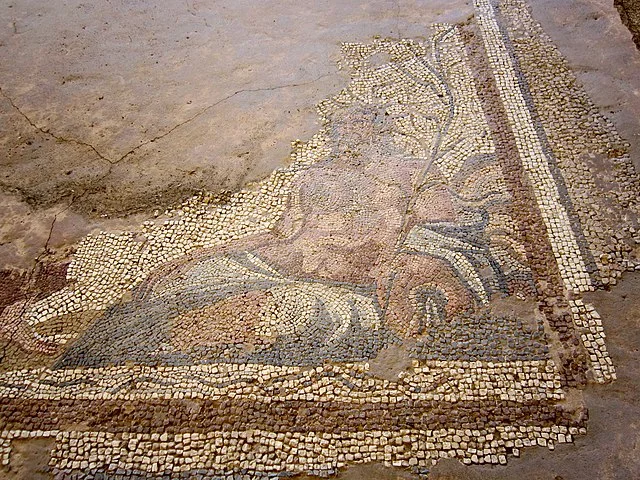
Mediana began to decline after the fall of the Western Roman Empire in the 5th century AD. The complex was abandoned, and the buildings fell into disrepair. Over time, the site became largely forgotten, and much of its history remained hidden beneath layers of earth and debris.
In the 20th century, archaeological excavations revealed the extent of Mediana’s significance. Excavations, which began in the 1960s, uncovered various structures, mosaics, and artifacts, shedding light on the site’s former grandeur. Today, it is an important archaeological site and tourist attraction in Serbia.
Conclusion
Mediana offers valuable insights into the late Roman Empire and the personal life of one of its most influential rulers, Constantine the Great. The site’s preservation of mosaics and architectural features provides a clear picture of Roman imperial luxury and power. As ongoing excavations continue to reveal new discoveries, Mediana remains a key location for understanding the historical and cultural landscape of the 4th century AD.
Source:

